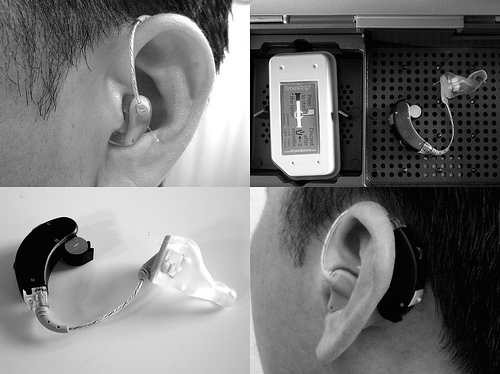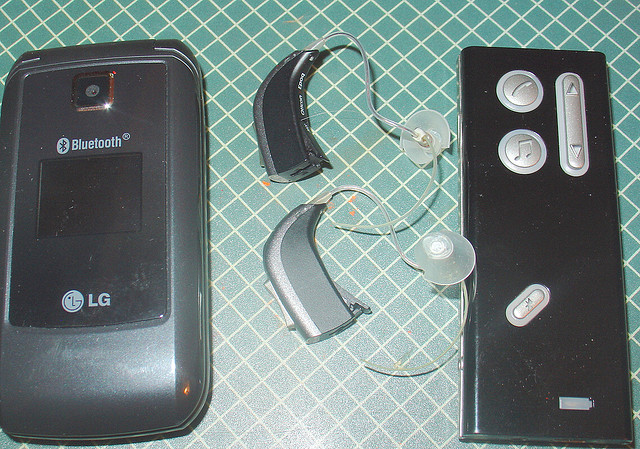Noisy work environment, loud concerts, and even heredity are to blame when someone experiences a diminishing hearing capacity. A most frequent problem to experience is lower quality phone calls – one can no longer hear the voice properly or follow the conversation, although there are no troubles with the device or the connection. The sound coming through the receiver is much quieter. When you are hard of hearing, you need to find a system that enhances communication and helps with your impairment.
Amplifiers and TDD
When you experience hearing loss, phone conversations become unpleasant and unproductive. Some people consider installing a phone amplifier in order to boost the volume of the sound coming through. It can be made to work with any regular phone and can also provide more clarity and filter the background noise to make words more distinguishable. Another type of device, the TDD (telecommunications device for the deaf) or the telephone to telephone typewriter, allows deaf people to talk with healthy ones and to carry on with their work in an effective manner.
How an Amplifier Works?
The hearing impaired phones in Canada or amplified phones are great aids for independent living. The amplifier for phones is a device that helps when you have set the volume to maximum level yet still can’t hear well. Several types are available, for home and portable units. The home line units increase volume by 40 decibels maximum. It blocks the background noise while amplifying the specific frequencies of speech. Also, there are portable amplifier units, small and handy, that can be used on any landline telephone. You attach them to the headset with no need to disconnect. Turning a dial on it increases the sound volume with up to 30 decibels. The dedicated amplifier telephones, in turn, have added features compared to the previous types. These are suitable to both types of landline phones – corded or cordless. Volume is adjusted by using the amplification dial or the specified phone button. The increase is significant – 30 decibels or more.
Mobile Phone Solutions
The hearing impaired phones Canada uses are made to enhance the daily life. Most individuals rely more on their mobile phones than on the landlines. Usually, the cell phone signals wouldn’t work with any kind of hearing aids, because of the interference. Nowadays, the hearing aids may have a T-switch or telephone coil, acting like an antenna. As the switch is on, signals coming from the phone pass to the hearing aid device, so the data is transmitted directly. However, you may want to check if your phone is compatible with hearing aids. Read the packaging or ask the vendor for the rating.
You should pick the right amplification device or the most suitable type to your condition when it comes to hearing impaired phones Canada. A simple volume booster or amplifier might be enough for you, unless you are deaf. A TTY, TDD or text phone are the suitable types to deaf people.


